Read the first part here.
The political situation of the early 1970s and the early 2020s is turning out to be quite rhyming. BJP like the Congress (R) of Indira Gandhi has become the primary pole of Indian politics. There are multiple opposition parties looking to occupy the other pole of the national opposition - AAP, Congress (Gandhi), NCP, TMC, and TRS, and Socialists (SP, RJD, and JDU).
Congress was facing inflation just like BJP does today but seems to be unaffected by it. The real challenge to the hegemony of the Congress and a revival of the opposition was due to the political movements in two states - Gujarat and Bihar.
It all started in Gujarat. The life of the poor had become miserable after a severe famine and steep price rise. Endless queues for basic commodities had become a common sight in Gujarat. The discontent turned into public anger when in December 1973, a few students of the Morbi Engineering College protested against the exorbitant rise in their food bills. These protests soon gained widespread support and ignited a state-wide mass movement against the government called the Gujarat Nav Nirman Andolan. It is the only successful political movement as it led to the dissolution of the Gujarat assembly and in the elections after it in 1975 saw a coalition government come to power.
PM Modi was a young RSS pracharak and part of the RSS”s student wing ABVP at the time and had participated in the mass movement.
Inspired by the success of Gujarat, all student leaders of Bihar formed the Bihar Chhatra Sangharsh Samiti with Lalu Prasad Yadav as its President and Sushil Kumar Modi (former Deputy CM of Bihar) as the General Secretary of the Patna Students Union who had started the movement. The government had barricaded the entire Vidhan Sabha after the students had called for a gherao of the assembly in 1974. The gherao got out of control as they became violent, damaged government properties, and set buildings on fire. Many students were killed in police firing in the weeks after as the entire state was on fire.

Jayprakash Narayan calling for Sampoorna Kranti (Total Revolution)
Later, Jay Prakash Narayan joined the movement in Bihar and Gujarat and at a rally gave a memorable call for Sampurna Kranti (Total Revolution). This led to a massive sustained movement that eventually led to the Emergency.
Today, the situation might not be similar but the political situation is poised for disruption.
Gujarat elections are just six months away with the BJP expected to win easily. The Congress party is imploding as it did in Punjab which led to the AAP winning its first state election. BJP changed its entire cabinet in 2021 without any disruption as a result any anti-incumbency sentiment has been taken care of in addition to making a generational shift. The BJP will most likely win Gujarat but like in the 1970s, the real battle is not for winning elections but for becoming the main opposition. AAP has started campaigning regularly in Gujarat and had managed to win half the votes in the 2021 Gandhinagar Municipal elections. A good performance, even only in urban areas will put AAP ahead of other parties in its race to the second spot nationally.
Gujarat and Bihar politics are under disruption
Bihar politics is also on the verge of disruption. BJP and JDU rule the state with Nitish Kumar of the JDU as CM, who has in the course of the NDA rule become Bihar’s longest-serving CM. After the 2020 elections, Nitish Kumar has lost his prime position in Bihar politics with only 45 seats as compared to 115 during his peak. He is also well past his prime and is now looking for a respectable way out of Bihar politics. The alliance between the BJP and JDU hangs by a thin thread and could break anytime. Some rumours suggest that he might be given larger national responsibilities as the President and Vice-President election approaches. BJP and the RJD are waiting to gobble the JDU vote after Nitish Kumar leaves. However, the recent announcement by Prashant Kishore to enter Bihar politics with a massive 3000 km padyatra to gather support makes the entire situation interesting. Prashant Kishore Pandey, a Brahmin, can try to position himself in such a way that the residual vote of the JDU that does not go to the RJD or BJP goes to him.
The recent upheaval due to irregularities in a Railways Recruitment Exam had led to massive protests and vandalism by students or aspirants. This forced the central government to immediately step in to reassure the students. This shows that the students remain a potent political force in the state. Most prominent teachers who have amassed a massive following due to their Youtube channel-based coaching classes belong to Bihar and if Prashant Kishore can leverage their popularity, then he stands to gain a lot from it.
The Presidential elections in July 2022 and the Gujarat elections at the end of 2022 could be the starting point for the new political order in Indian politics to become more clear. The political order of Indian politics will change and the only question left to answer is when. It might be 2022, 2024, or a couple of years after that when the Modi era ends.
Rebel groups inside the Congress like the G23 are trying to revive the Congress nationally starting from the fight for the top leadership position. Outsiders like Prashant Kishore Pandey are trying to enter and he had offered to become in charge of a Congress revival. Congress had to strengthen itself, reunify regional offshoots in an alliance or split the party to get rid of the deadweight of the Gandhi family.
Who will lead this change - BJP or RSS itself; Gandhi family, rebel Congress leaders or outsiders like Prashant Pandey in the Congress; Nitish Kumar, or Arvind Kejriwal of AAP - is not clear but the change will start like last time from Gujarat or Bihar.
Modi@20 has the chance to script the next 25 years of Indian politics at the time of India@75 in a rhyming situation when Indira Gandhi had the chance to do so at India @25.
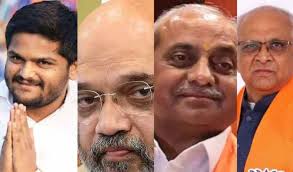
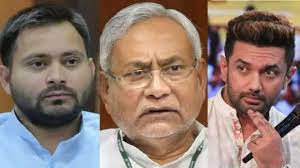
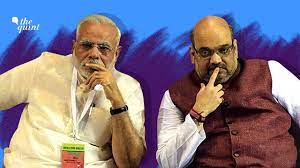
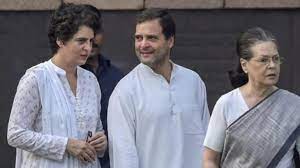
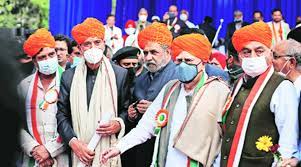
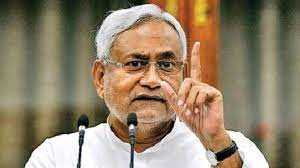
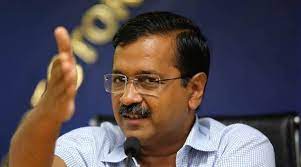
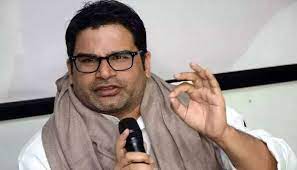
Comentarios